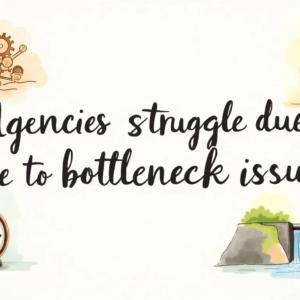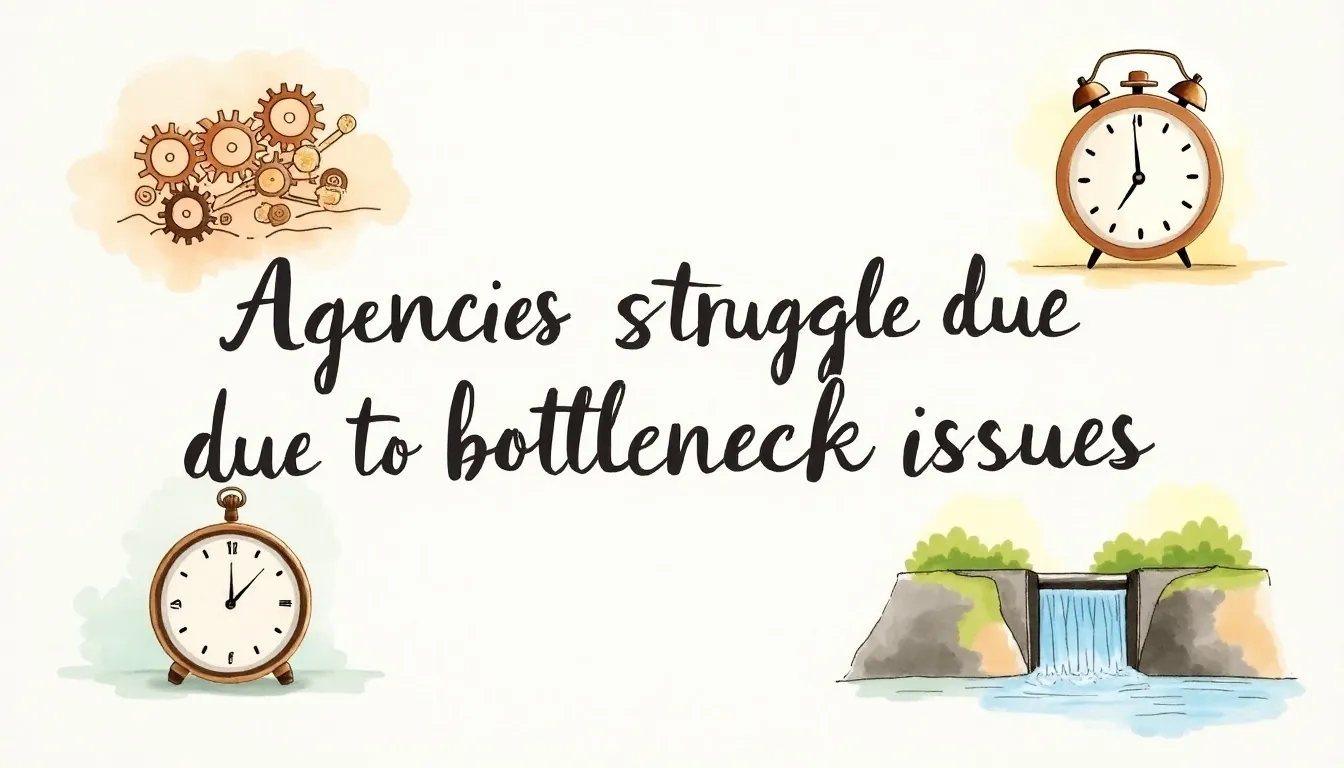Graphic designers should not investigate the narrow nature of the creative process. As part of the overall project and production process. The designer contributes to the development process, which begins with the concept process and then ends with the delivery process.
In addition to the current and future challenges facing our environment, companies such as IKEA, Apple. Lego and even Starbucks are implementing sustainable policies to reduce global resource use and are focusing on product recycling. Sustainable sustainability refers to a planning process that integrates an environmentally friendly environment and considers natural resources as part of planning.
Although different training systems follow the same development methods and tools. This concept is still lacking in the graphic design industry. Most graphic arts schools do not provide sustainable education in other areas. Such as product design, building design, and so on.
As the printing industry presents an important means of communication with various projects inside and outside the creative world. Its work to gain support is becoming increasingly important. Filmmakers ’ongoing practice encompasses a wide range of ideas. Including the traditional and digital areas of graphic design. These concepts include material, ink, paper, and also the design itself.
Rules for sustainable projects include:
- optimizes the capabilities of the site;
- reduces the use of non-renewable energy;
- use organic products;
- water protection and conservation;
- improving the quality of the internal environment; and
- Simplification of operation and maintenance methods.
The use of a sustainable project philosophy encourages solutions at all stages of the project that reduce the negative impact on the environment and public health without compromising results. It is an integrated, comprehensive approach that encourages compromises and compromises.
Reducing the environmental impact of graphic design
Unlike disciplines such as product or building design, where sustainability education is more prevalent, graphic design education often overlooks this critical component. Graphic arts schools need to integrate sustainability into their curricula to equip future designers with the knowledge and tools to make eco-friendly choices in their work.
By embedding sustainable principles into the design process, designers can influence industries to adopt practices that are better for the planet.
What are its effects on graphic design?

Graphic design is based on many resources, such as energy, water, paper, ink, solvents, and packaging. Designers make decisions that cover the potential environmental impact of a project’s life cycle.
Sustainable design is used to reduce the environmental impact of graphic design.
The size, shape, color, printing style, and paper chosen by the designer ultimately determine the size of the environmental impact.
By making informed decisions, designers can reduce their impact on the environment, leading to a reduction in greenhouse gas emissions and a more efficient use of natural resources.
Paper
With the shift to electronic workflow and cloud computing, paper products remain an important social product.
The life cycle of paper begins before the resin is removed – the steel and fuel needed by machines come from other industries that have an impact on the environment. Once cut, the trees are turned into chips, then transported, killed, bleached, and finally made into paper.
Each of these steps uses valuable resources and releases pollutants such as volatile organic compounds (VOCs) and greenhouse gases into the environment.
Suggestions:
- Choosing recycled or FSC-certified paper.
- Opting for chlorine-free paper.
- Minimizing waste by designing smaller layouts or reducing unnecessary white space.
- Promoting digital alternatives where feasible.
Ink and solvent
Paints and solvents may contain contaminants and emissions that also may contribute to environmental pollution.
Many inks and solvents contain volatile organic compounds (VOCs), which contribute to climate change, and VOC emissions and mixing with vehicle emissions can generate photochemical vapors.
Some inks contain toxic heavy metals, such as lead, cadmium, and barium, which can pose significant health and environmental risks if released into the environment. Waste of ink occurs during printing due to discoloration, pre-cleaning, and incorrect use of the ink.
Suggestions:
- Using soy-based or vegetable-based inks.
- Opting for low-VOC inks.
- Working with printers that follow sustainable practices and reduce waste.
Printing in Graphic Design
Smoke, air, and solid waste are major printing problems.
Publishers who have read their designs will have some kind of environmental acceptance or environmental management system. Be sure to ask how the printing press works as well as the procedures required to reduce air and water before choosing a printer.
Suggestions:
- Collaborate with eco-conscious printers that have environmental certifications.
- Print only when necessary, prioritizing digital solutions.
- Use eco-friendly production techniques to reduce emissions and waste.
Website Designing
As a web designer, it is important to think about what will happen to the project when it is published. While systems like white and black text make the screen easier to read and reduce computer consumption, printing paper uses different high-end ink. This also applies to websites that are two or more pages long when it is written and the pageant.
Another important factor in the design and development of a network is the power required to support servers and information technology servers.
Consumption in industry
Artists throw themselves at their computers to work. Computers, on the other hand, consume a lot of energy and contribute to climate change. Try to convert electricity into clean energy – at least 20% – to reduce your carbon footprint.
Steps to reduce this include:
- Designing energy-efficient websites that load quickly and consume less server power.
- Using black-and-white text on screens to reduce energy consumption.
- Encouraging the use of cloud storage over physical drives for collaborative projects.
Advice for permanent website and graphic design
There are many ways to create drawings and discussions.
Design
Make it smaller and smaller: Innovation and size reduction – choose the first larger, or folded envelope, or small business card.
- Make it better: By promoting your business, rather than increasing it, you can also reduce the need for document creation.
- White Wet: By reducing the amount of white paper in your paper, you can reduce the amount of paper needed to create it.
- Give it a second life: give the product a second chance at life to reduce the chance of a ground break.
- Don’t stay too close: By leaving only one white color in your work, you can reduce ink waste and allow for recycling of paper.
Paper
- Do it without chlorine: TCF or chlorine bleach (PCF) is required.
- Look for certification: there are many certification companies that cater to environmentalists.
- Use a moving computer (used): Choose a document with the highest percentage of available moving objects.
- Think about it: Should it be on solid paper for heavy work, or can you fix it with a small mobile phone and still deliver good products?
Ink on paper prints
- Use noiseless ink: reduce the desire and choice of noiseless options can affect the number of fly-by-fly.
- Use a printer that pollutes the environment: Ask the printer what they do to reduce their impact on the environment – a good printer should reduce pollution.
- Never print: go digital and use non-print options whenever possible, as this will reduce the impact of this product on the environment.
Customers
- Talk to them: Tell your customers your decision and encourage them to include this product information.
- Provide customers with an environmental choice: Always provide your customers with options designed to minimize impact.
Graphic design has the power to influence industries and audiences. By adopting sustainable practices, designers can lead the charge in reducing the environmental impact of the creative process. The future of graphic design lies in balancing creativity with responsibility—ensuring that every decision made today contributes to a more sustainable tomorrow.
Let’s design a future that not only looks good but also does good.





















